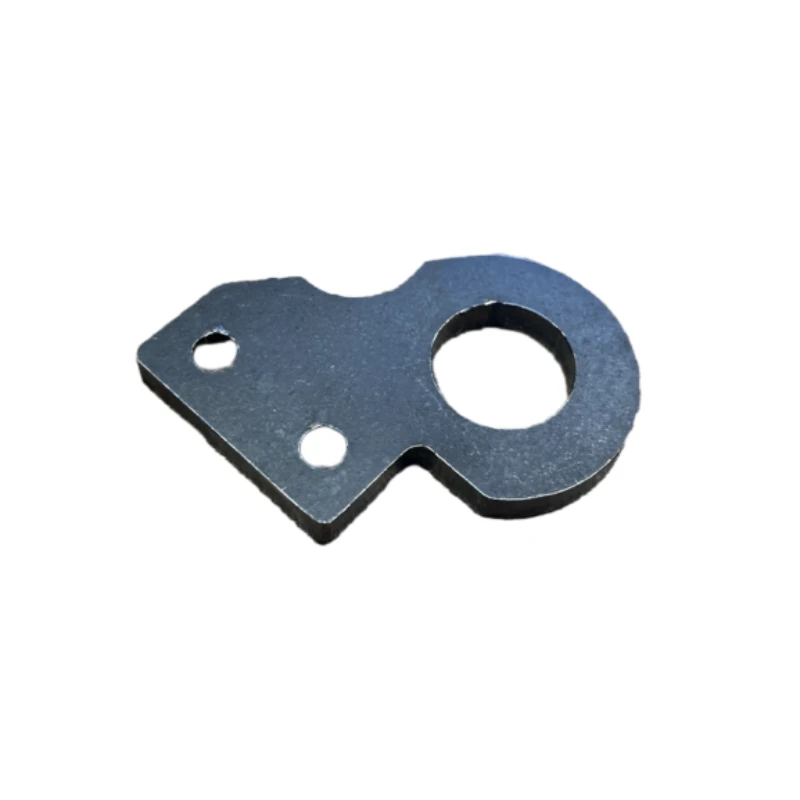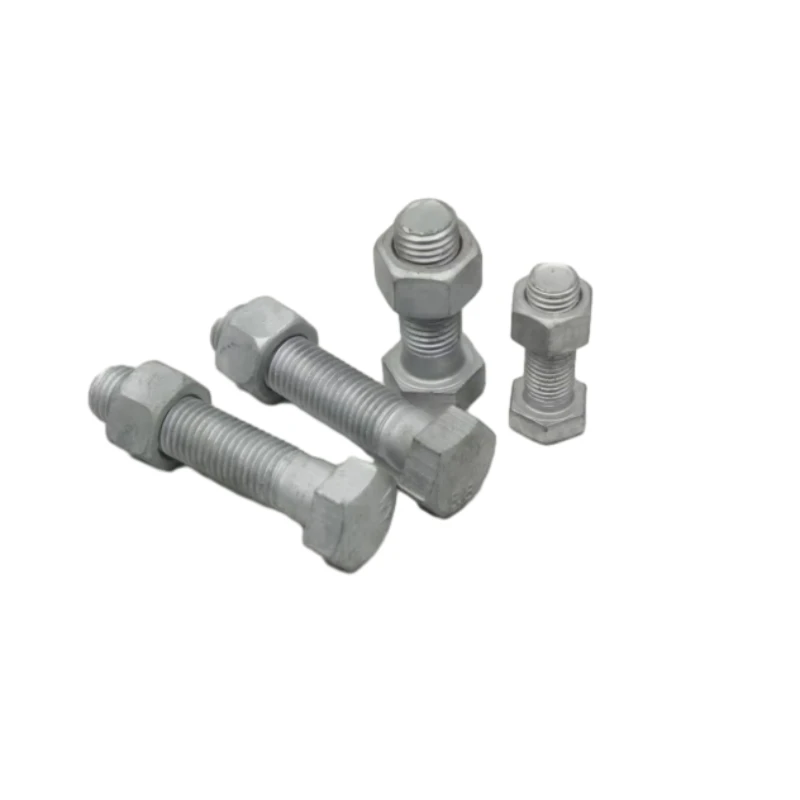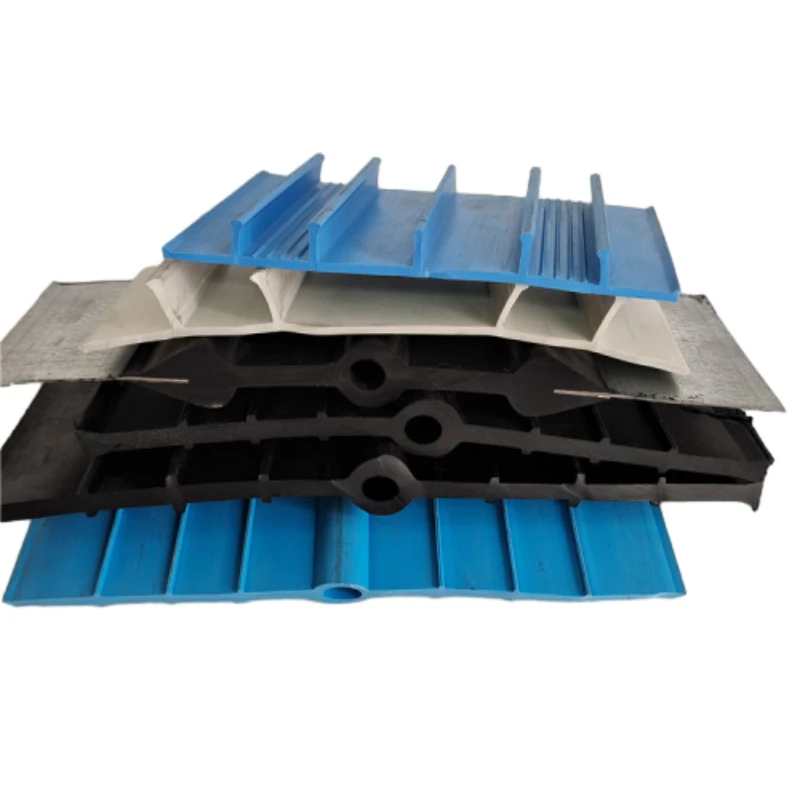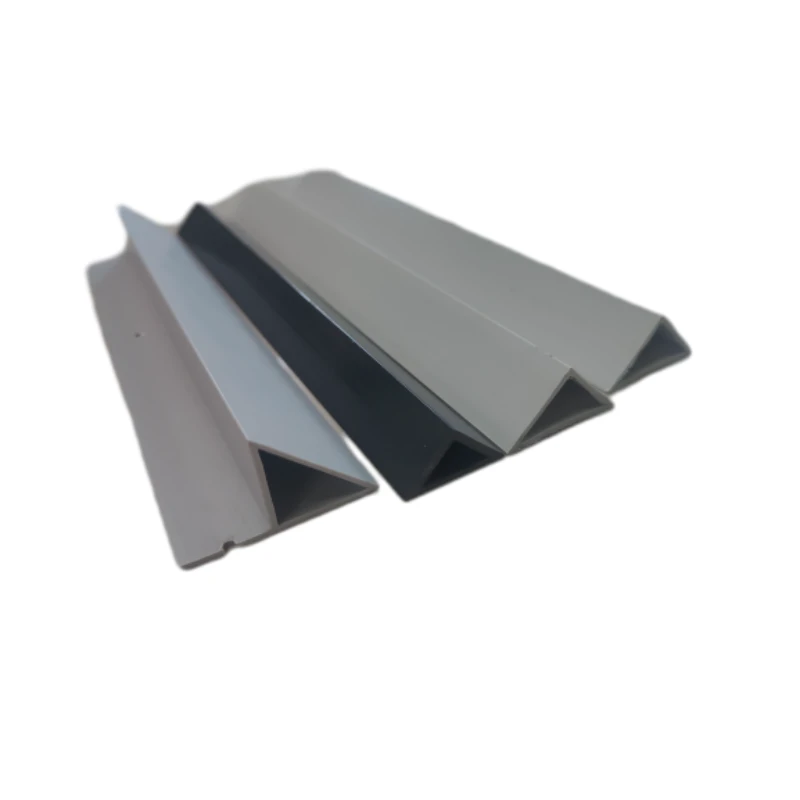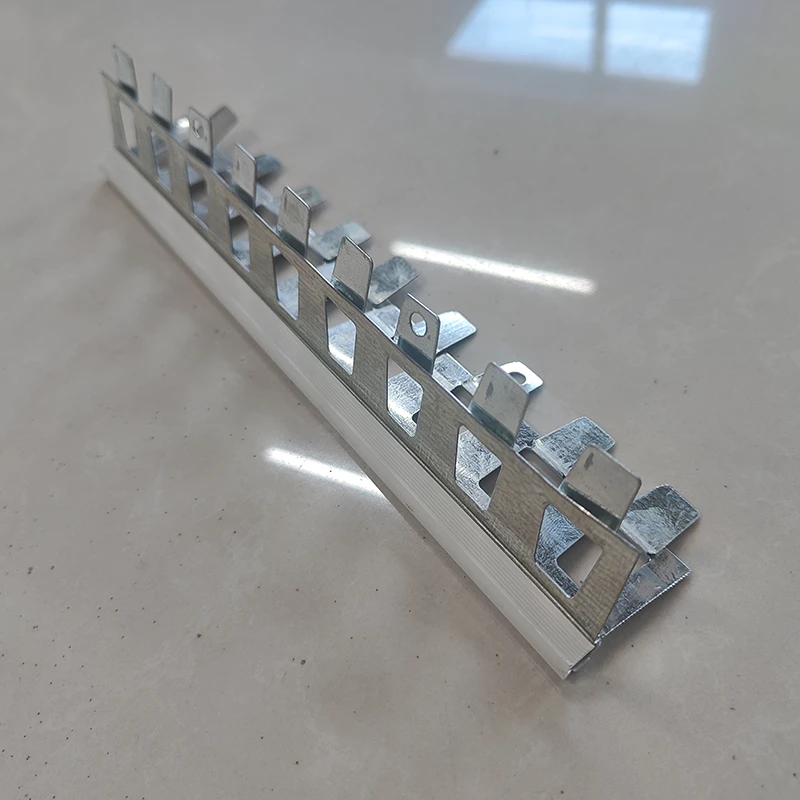Aug . 17, 2025 03:40 Back To List
High-Quality Scaffolding Joint Pin for Secure Pipe Connections
Advancing Structural Integrity: The Critical Role of Scaffolding Joint Pins in Modern Construction
In the dynamic and often challenging landscape of contemporary construction, the integrity and stability of temporary support structures, particularly scaffolding, are paramount. As projects escalate in scale and complexity, ranging from towering skyscrapers to intricate industrial plants, the reliance on robust and reliable scaffolding systems intensifies. Within these systems, while components like vertical standards, horizontal ledgers, and diagonal braces receive considerable attention, the unsung hero that facilitates seamless and secure connections is often the scaffolding joint pin. This small yet vital component is instrumental in connecting various elements, ensuring the overall rigidity and load-bearing capacity of the entire structure. The global scaffolding market, valued at approximately USD 60.5 billion in 2023, is projected to grow at a CAGR of over 6.5% from 2024 to 2030, driven by rapid urbanization, infrastructure development, and industrial expansion. This growth underscores an increasing demand for high-performance scaffolding solutions, where the quality and technical specifications of every individual part, especially connection elements like the joint pin, become critical determinants of safety, efficiency, and project timelines. Understanding the nuanced engineering, manufacturing precision, and application versatility of these essential connectors is key for B2B stakeholders, including contractors, procurement specialists, and safety managers, striving for optimal operational outcomes and adherence to stringent safety regulations across diverse industrial sectors.
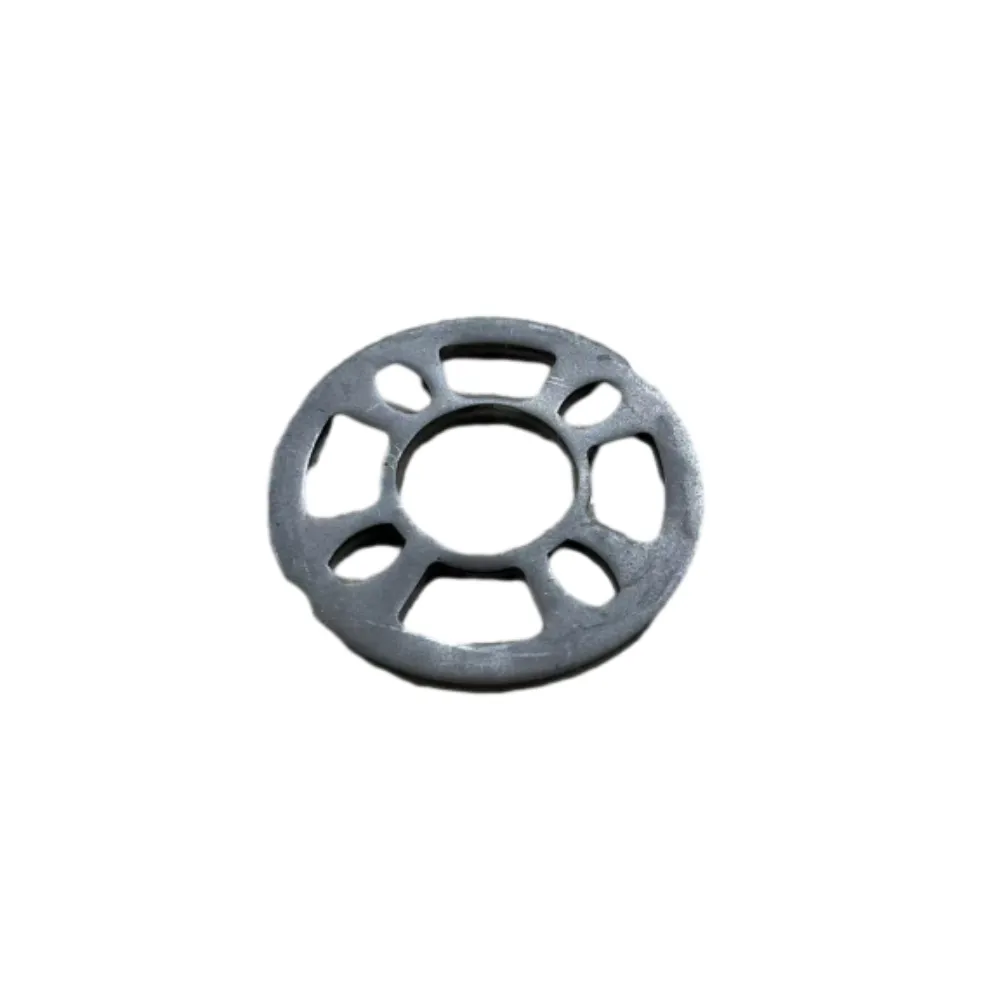
The evolving industry trends are pushing for enhanced durability, simplified assembly, and improved corrosion resistance in all scaffolding components, directly impacting the design and material science behind the scaffolding joint pin. Historically, connection methodologies often involved more cumbersome bolt-and-nut systems or less reliable friction-based clamps. However, modern scaffolding systems, particularly modular designs like Ringlock, Cuplock, and Kwikstage, heavily rely on advanced joint pin mechanisms for rapid, secure, and repetitive assembly. These systems are designed for quick erection and dismantling, reducing labor costs and improving project efficiency, a paramount consideration in today's fast-paced construction environment. For instance, the Ringlock system, for which the scaffolding joint pin is a cornerstone, offers unparalleled versatility and strength, making it ideal for a wide array of applications from façade work to heavy-duty industrial support structures. The demand for scaffold systems that can withstand extreme environmental conditions, such as high winds, seismic activity, or corrosive industrial atmospheres (e.g., chemical plants), necessitates joint pins manufactured from superior materials with advanced surface treatments. Furthermore, the increasing emphasis on sustainable construction practices encourages manufacturers to explore recycled materials and processes that minimize environmental impact while maintaining or even enhancing product performance. This holistic approach to component design and manufacturing is crucial for companies like WRK Formwork, which specialize in providing comprehensive scaffolding solutions that meet global standards and exceed client expectations for safety and reliability.
Precision Engineering: The Meticulous Manufacturing of Scaffolding Joint Pins
The manufacturing of a high-quality scaffolding pipe joint pin is a sophisticated process demanding stringent control over material selection, forming techniques, and post-processing. It commences with the meticulous selection of raw materials, typically high-strength carbon steels such as Q235, Q345 (equivalent to ASTM A36 and A572 Gr. 50 respectively), or specialized alloy steels for enhanced durability and corrosion resistance in specific applications. These materials are chosen for their superior tensile strength, yield strength, and ductility, ensuring the pin can withstand significant axial and shear loads without deformation or fracture. The primary forming processes are crucial; forging is often preferred for its ability to create a dense, refined grain structure, eliminating internal voids and improving the mechanical properties, especially fatigue resistance, which is critical for components subjected to repetitive stress cycles. Alternatively, precision CNC machining from solid bar stock ensures exact dimensional tolerances, critical for a secure fit within scaffolding connections and interchangeability across systems. After forming, components undergo heat treatment, such as quenching and tempering, to achieve optimal hardness and toughness, preventing brittle failure while maintaining sufficient resilience. This multi-stage process is vital to ensuring that each scaffolding joint pin meets the rigorous performance demands of construction and industrial environments.
- Material Selection and Preparation: High-grade carbon steel (e.g., Q235, Q345) or alloy steel is chosen for its strength and ductility. Raw materials undergo rigorous chemical analysis to confirm composition and eliminate impurities that could compromise structural integrity. Surface preparation, including descaling, ensures optimal conditions for subsequent forging or machining.
- Primary Forming Processes (Casting, Forging, CNC Machining): Forging, especially hot forging, is widely used to create a strong, consolidated grain flow, enhancing impact resistance and fatigue life. CNC machining offers unparalleled precision for complex geometries and tight tolerances, crucial for the fit and function of the joint. Some pins may involve casting for initial shapes, followed by extensive machining.
- Heat Treatment and Surface Finishing: Heat treatment processes like normalizing, quenching, and tempering optimize the mechanical properties, including tensile strength, yield strength, and hardness, while maintaining sufficient ductility. Surface finishes such as hot-dip galvanization (HDG), electro-galvanization (EG), or powder coating provide superior corrosion protection, significantly extending the service life of the scaffolding joint pin in harsh environments. HDG, for example, can provide decades of anti-corrosion protection.
- Quality Control and Testing Standards: Adherence to international standards like ISO 9001 for quality management, and product-specific standards such as EN 74 (European Standard for couplers and spigot pins) or ANSI/ASSP A10.8 (American National Standard for Scaffolding Safety Requirements), is non-negotiable. Testing includes dimensional verification, material composition analysis (e.g., spectrometer), mechanical property testing (tensile, yield, impact), non-destructive testing (NDT) like magnetic particle inspection for surface cracks, and corrosion resistance tests (salt spray chambers). The typical expected service life, with proper maintenance and standard usage, is 10-20 years, significantly enhanced by robust anti-corrosion treatments and adherence to these stringent quality benchmarks.
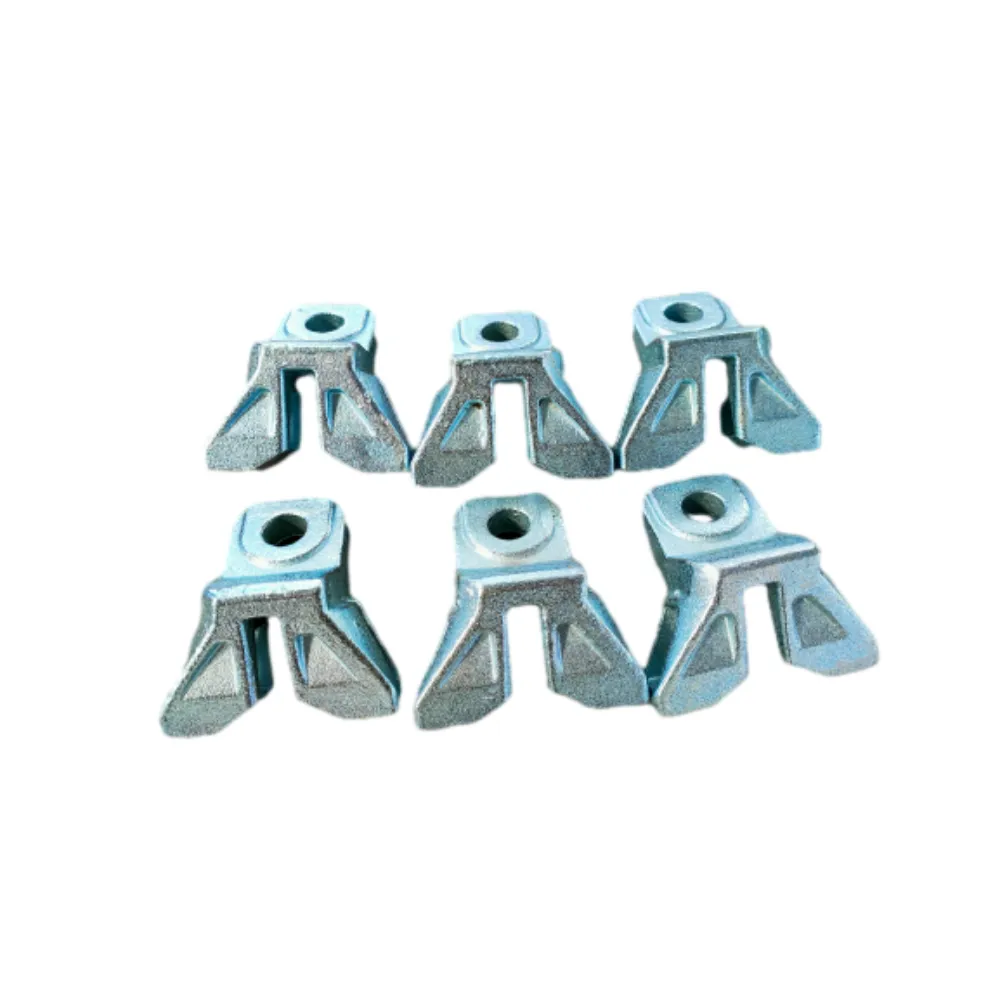
Understanding Performance: Key Technical Parameters of Scaffolding Joint Pins
For B2B buyers and engineers, a deep understanding of the technical parameters of a scaffolding joint pin is paramount for selecting the appropriate component for specific project requirements. These parameters directly influence the safety, stability, and longevity of the entire scaffolding system. Key considerations include the material’s tensile strength, which dictates the maximum pulling force the pin can withstand before breaking, and yield strength, representing the point at which the material begins to deform permanently. Ductility, measured by elongation, indicates the material's ability to deform plastically without fracturing, essential for accommodating dynamic loads and minor misalignments. Hardness and impact resistance are also crucial, particularly in environments where components might experience sudden shocks or abrasive wear. Furthermore, the dimensions (diameter, length, and specific features like collars or holes for safety pins) must conform to industry standards and the system with which they integrate, ensuring universal compatibility and a secure fit within the scaffolding framework. Surface treatment specifications, such as the thickness of galvanization, are critical for corrosion resistance, especially in maritime, chemical, or humid climates, directly impacting the product's lifespan and reducing maintenance costs. Understanding these metrics enables informed procurement decisions, minimizing risks and optimizing performance on site.
Beyond these fundamental parameters, considerations such as ease of installation and dismantling, compatibility with existing scaffolding systems, and the availability of certifications from independent testing bodies further enhance the value proposition of a scaffolding joint pin. For example, a joint pin designed with a chamfered edge can significantly speed up assembly, reducing labor hours by as much as 15-20% on large-scale projects, while precision-engineered taper ensures a snug, wobble-free fit, enhancing structural rigidity. The ability to source pins that seamlessly integrate with popular systems like Ringlock, Cuplock, or Kwikstage is critical for minimizing inventory diversity and simplifying logistics for construction firms. Furthermore, reputable manufacturers provide comprehensive documentation, including material test certificates (MTCs), quality control reports, and third-party validation, underscoring their commitment to product excellence and compliance with global safety benchmarks. These details collectively contribute to the (Expertise, Experience, Authoritativeness, Trustworthiness) profile of both the product and the supplier, providing confidence to B2B clients in their investment in critical scaffolding components, and reinforcing the reliability of scaffolding parts and accessories that form the backbone of safe work environments.
Diverse Applications: Where Scaffolding Joint Pins Excel
The versatility and robustness of the scaffolding joint pin allow it to be deployed across an extensive range of industrial and construction sectors, each presenting unique challenges and demanding specialized performance characteristics. From supporting heavy machinery in metallurgical plants to providing safe access in corrosive petrochemical environments, the design and material integrity of these pins are paramount. In industries like petrochemical and oil & gas, where exposure to aggressive chemicals, extreme temperatures, and volatile substances is common, joint pins crafted from corrosion-resistant materials or treated with thick hot-dip galvanization are indispensable. These anti-corrosion properties significantly extend the operational life of the scaffolding, reducing the frequency of replacements and minimizing costly downtime associated with maintenance and safety inspections. For instance, a typical HDG coating (60-80 microns) can offer over 20 years of protection in severe industrial environments, compared to just 5-10 years for painted finishes, leading to substantial long-term savings and enhanced safety. The design of the joint pin also contributes to energy efficiency in large-scale industrial scaffolding, as a secure, rigid connection minimizes structural flex and vibration, which can lead to energy loss in connected systems or premature wear of the scaffold itself. This adaptability underscores why quality scaffolding parts and accessories are not merely commodities but strategic assets.
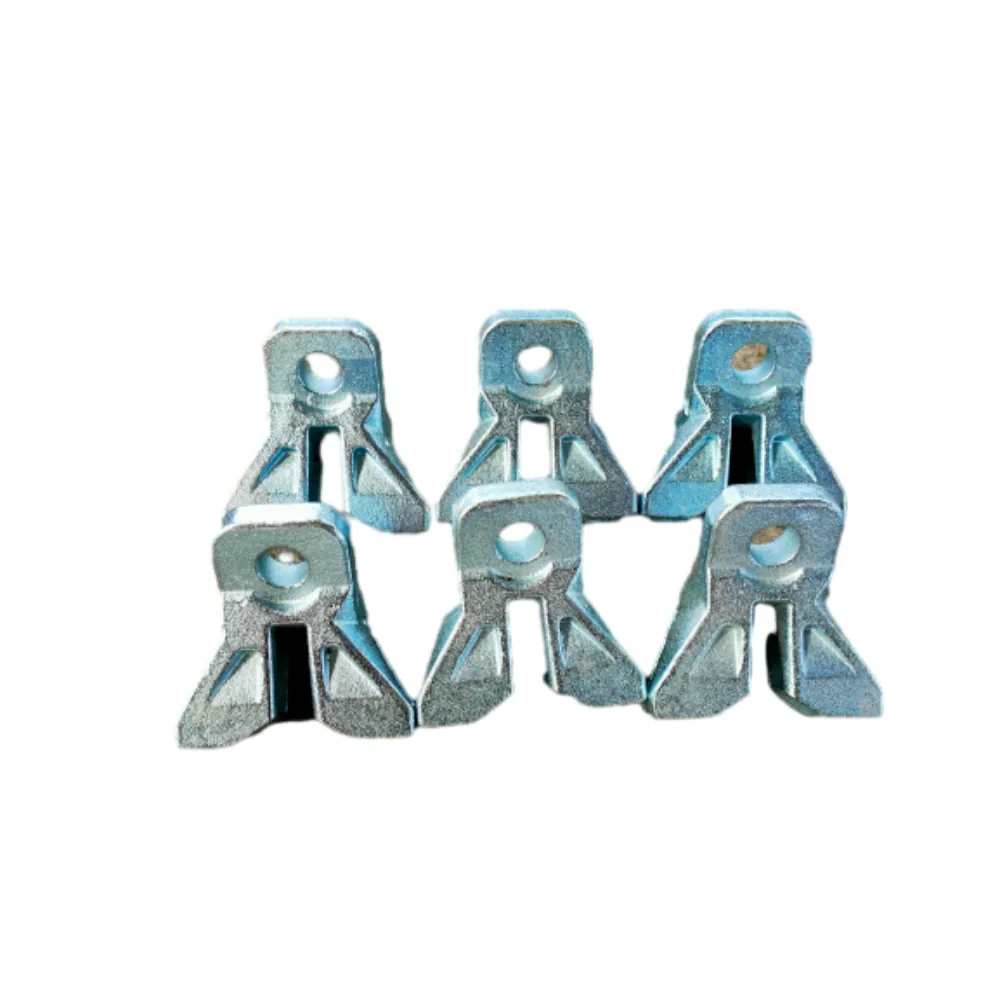
- Petrochemical and Oil & Gas: Scaffolding is crucial for maintenance, inspection, and new construction in refineries, offshore platforms, and chemical processing units. Scaffolding joint pins here must exhibit exceptional corrosion resistance (e.g., hot-dip galvanized or specialized alloys) and high load-bearing capacity to support heavy piping, insulation, and personnel in explosion-proof environments. Their ease of assembly and disassembly is also critical for minimizing operational downtime.
- Metallurgical and Mining: In smelting plants, foundries, and mining operations, scaffolding supports heavy equipment, access elevated platforms, and facilitates repairs in environments exposed to high temperatures, heavy dust, and abrasive materials. Joint pins must possess high tensile strength, excellent wear resistance, and the ability to maintain structural integrity under dynamic loading conditions. The robust nature of a well-engineered scaffolding joint pin significantly enhances safety in these demanding sectors.
- Water Supply & Drainage Infrastructure: For maintenance and construction of water treatment plants, pipelines, and pumping stations, scaffolding often operates in damp, humid, or even submerged conditions. The emphasis here is on superior rust prevention and long-term durability, making galvanized or epoxy-coated scaffolding joint pin components essential to prevent premature degradation and ensure structural longevity in constantly wet environments, preventing costly structural failures and ensuring public safety.
- General Construction and Renovation: From residential builds to commercial complexes, the universal requirement is for reliable, quick-to-assemble, and durable scaffolding. The advantages of robust joint pins here include reduced assembly time, enhanced safety, and lower lifecycle costs due to extended product lifespan. For instance, the compatibility of a scaffolding joint pin with Ringlock systems allows for rapid, modular setups that are easily adaptable to complex architectural designs, delivering both efficiency and safety.
Choosing the Right Partner: Manufacturer Comparison and Bespoke Solutions
Selecting the right manufacturer for scaffolding joint pin and other essential scaffolding parts and accessories is a strategic decision for B2B enterprises. Beyond just price, critical factors include the manufacturer’s adherence to international quality standards (e.g., ISO 9001, CE marking), their material sourcing transparency, manufacturing consistency, and robust testing protocols. Leading manufacturers typically employ advanced automation in their production lines, minimizing human error and ensuring uniform quality across large batches. For example, a manufacturer with a proven track record of over 15 years in the industry, like WRK Formwork, demonstrates not only longevity but also accumulated expertise in optimizing product design and manufacturing processes for superior performance. They provide extensive documentation, including material certificates, load test reports, and compliance declarations, which are crucial for regulatory approval and risk management on significant projects. Furthermore, a manufacturer’s capacity for innovation—such as developing lighter, stronger materials or more ergonomic designs for easier handling—can offer a competitive edge. Their global distribution network and logistical capabilities also impact delivery times and cost efficiencies, ensuring that crucial components like the scaffolding pipe joint pin arrive on schedule, minimizing project delays.
For specialized applications, the ability to procure customized scaffolding joint pin solutions becomes a significant advantage. While standard pins suffice for most general construction, unique project demands—such as extreme environmental conditions, non-standard tube dimensions, or specialized load requirements—necessitate tailored designs. A proficient manufacturer should offer comprehensive customization services, including detailed engineering design consultations, CAD modeling, prototype development, and specialized testing to ensure the bespoke component meets precise performance specifications. This might involve using specific high-grade alloys for enhanced strength or corrosion resistance, applying unique coatings for chemical immunity, or adjusting dimensions for compatibility with proprietary systems. For instance, a bespoke joint pin designed for cryogenic environments would require materials and treatments capable of withstanding ultra-low temperatures without becoming brittle, a vastly different requirement from a pin used in a temperate climate. The expertise of the manufacturer in guiding clients through this customization process, from initial concept to final product delivery, demonstrates their commitment to partnership and problem-solving, adding immense value beyond standard product offerings. Their technical support team should be equipped to provide in-depth advice on material selection, stress analysis, and structural integration, reinforcing the authoritative and trustworthy relationship between supplier and client.
Ensuring Reliability: Trust, Quality, and Support
Frequently Asked Questions (FAQ)
Q1: What is the typical lifespan of a scaffolding joint pin, and how can it be maximized?
A1: A high-quality, hot-dip galvanized scaffolding joint pin can have an expected service life of 15-20 years under normal operating conditions, potentially longer in less corrosive environments. This can be maximized through proper handling during assembly and dismantling, regular inspection for damage or corrosion, and appropriate storage in dry conditions. Avoiding overloading and immediate replacement of any visibly damaged pins are crucial practices to extend their lifespan and ensure safety. Regular cleaning to remove dirt and debris also contributes to longevity by preventing material degradation.
Q2: What international standards should a reputable scaffolding joint pin comply with?
A2: Reputable manufacturers adhere to several international and regional standards to ensure product quality and safety. Key standards include EN 74 (European standard for couplers and spigot pins), ANSI/ASSP A10.8 (American National Standard for Scaffolding Safety Requirements), AS/NZS 1576 (Australian/New Zealand Standard for Scaffolding), and ISO 9001 (Quality Management Systems). Compliance with these standards indicates rigorous testing, quality control, and adherence to established safety benchmarks, providing assurance of product reliability and performance across global markets for scaffolding parts and accessories.
Q3: How does the quality of a scaffolding joint pin impact overall project costs?
A3: Investing in high-quality scaffolding joint pins significantly reduces long-term project costs, despite potentially higher initial outlay. Superior quality pins minimize the risk of structural failure, preventing costly accidents, delays, and potential legal liabilities. Their extended lifespan reduces replacement frequency, leading to lower procurement and labor costs over the project's duration. Additionally, easy and secure assembly facilitated by precisely manufactured pins can dramatically cut down erection and dismantling times, thereby saving substantial labor expenses and accelerating project completion, demonstrating the true value of reliable scaffolding parts and accessories.
Delivery Timelines and Quality Assurance
In B2B transactions, predictable delivery timelines and robust quality assurance are as critical as product specifications. A reliable supplier of scaffolding joint pin components will provide transparent lead times, typically ranging from 3-6 weeks for standard orders, depending on volume and customization requirements. This includes time for production, quality inspections, and logistical planning. Expedited delivery options might be available for urgent needs, albeit at an additional cost. Companies often maintain strategic inventories of common scaffolding pipe joint pin types to facilitate quicker dispatch. Beyond delivery, a comprehensive quality assurance framework, encompassing pre-shipment inspections, detailed packing lists, and photographic documentation, ensures that products arrive as expected and undamaged. For instance, WRK Formwork prides itself on an average 98.5% on-time delivery rate, achieved through streamlined logistics and strong partnerships with global shipping providers. This meticulous attention to supply chain efficiency minimizes project delays and associated financial penalties for clients, cementing trust and reliability in their procurement process.
A strong warranty and responsive post-sales support are hallmarks of a trustworthy manufacturer of scaffolding parts and accessories. Standard warranties for scaffolding components typically range from 1 to 5 years against manufacturing defects, reflecting the manufacturer's confidence in their product quality. It is crucial to clarify the scope of the warranty, including conditions for replacement or repair, and expected response times for claims. Beyond formal warranties, the availability of technical support for installation guidance, troubleshooting, and maintenance advice significantly enhances the customer experience. This proactive support can prevent misapplication, extend product life, and improve operational safety. Access to replacement parts and clear communication channels for any queries or concerns further underscore a manufacturer's commitment to long-term client relationships. For example, a dedicated technical hotline or online portal where clients can access product manuals, safety data sheets, and receive prompt expert advice demonstrates a commitment to comprehensive customer service, which is particularly valuable for complex industrial projects relying on the consistent performance of every scaffolding joint pin.
The Future of Secure Connections in Scaffolding
The continuous evolution of construction and industrial practices places increasing demands on every component within a scaffolding system, none more so than the fundamental scaffolding joint pin. As the industry moves towards more complex structures, faster assembly times, and stricter safety regulations, the role of these small yet critical connectors will only grow in importance. Future innovations in materials science, such as advanced high-strength steels or composite materials, along with sophisticated manufacturing techniques like additive manufacturing, could lead to lighter, stronger, and even more corrosion-resistant joint pins. Furthermore, smart scaffolding systems, potentially incorporating sensors to monitor load distribution and structural integrity in real-time, would rely on precise and stable connections facilitated by these pins. The emphasis will remain on ensuring absolute safety, minimizing environmental impact, and maximizing operational efficiency. For B2B stakeholders, prioritizing suppliers who demonstrate a commitment to research and development, continuous quality improvement, and comprehensive customer support will be essential for securing reliable and future-proof scaffolding solutions that stand the test of time and demanding environments.
References
- Smith, J. (2022). "Advances in Scaffolding Technology for Industrial Applications." Journal of Construction Engineering and Management, 148(3), 04022015.
- European Standards Organization. (2020). EN 74-1: Couplers, Spigot Pins and Baseplates for Use in Working Scaffolds.
- American National Standards Institute. (2017). ANSI/ASSP A10.8-2017: Scaffolding Safety Requirements.
- International Organization for Standardization. (2019). ISO 9001: Quality Management Systems – Requirements.
- Zhang, L., & Wang, X. (2021). "Corrosion Resistance of Steel Scaffolding Components in Aggressive Environments." Materials Science and Engineering: A, 801, 140417.
- Global Construction Market Outlook. (2023). Mordor Intelligence Report on Scaffolding Market.
This is the first article
Latest News
-
Reliable Rubber Waterstop for Concrete Sealing & Expansion JointsNewsAug.16,2025
-
Different Types of Bolt Nuts: Find Perfect Fasteners HereNewsAug.15,2025
-
Premium Roofing Materials: Durable & Reliable Building SolutionsNewsAug.14,2025
-
Premium Concrete Form Ties: Secure & Efficient Formwork SolutionsNewsAug.13,2025
-
Aluminium Formwork Shuttering: Efficient & Reusable Concrete SolutionNewsAug.12,2025



